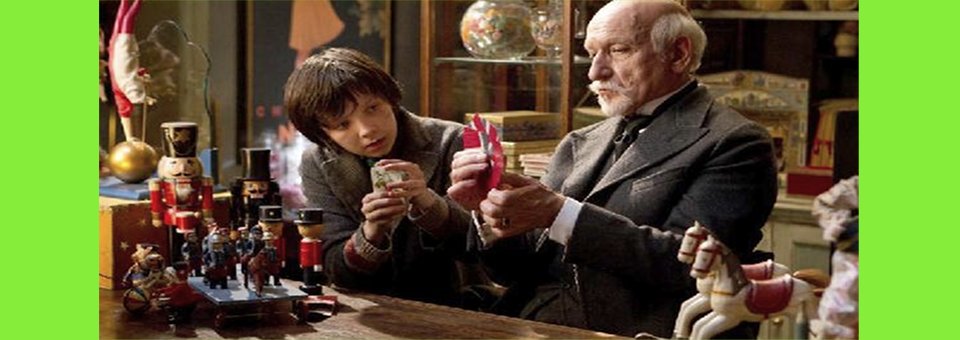The Hunger Games, the new blockbuster directed by Gary Ross, is a surprising big budget picture that, unlike most popcorn films today, has a point to it other than making money. That’s not to say the filmmakers, producers and studios are not interested in the bottom line; there is the obvious built-in audience from the fans of the Suzanne Collins trilogy, not to mention the massive marketing campaign that has saturated the internet, television, radio, etc. However, the film’s critique of modern culture and its obsession with reality television and fame makes The Hunger Games a relevant piece worth seeing.
Ross is working with familiar material when it comes to image versus reality, especially as the writer of Big (1988) and Dave (1993) and as the director of Pleasantville (1998). In Big, a 12-year-old parades around as a grown-up Tom Hanks and in Dave, Kevin Kline is forced into the role of President of the United States after the real president succumbs to a stroke. With Pleasantville, television and reality are blended as Tobey Maguire and Reese Witherspoon are transported to the 50’s TV show of the film’s title. The Hunger Games fits well into Ross’s thematic concerns: clothes and accessories being fawned over during a controlled and rigged competition of death. Reliably, Ross makes sure to dot his I’s and cross his T’s when it comes to the film’s plot and technical aspects.
In an apparent throw-away scene in the middle of the film, our main character, Katniss, has just arrived in the city and on her first night before going to bed, she begins to explore the features of her bedroom. She takes a remote and points it at the window towards the city’s skyline. She presses a button and presto! – a daytime view of an alleyway pops up with citizens of the Capitol walking towards the screen. She presses the button again and this time, a serene shot of a forest appears. She presses the button one more time – a low angle shot of trees and the sky. She finishes, turns off the viewing screen back to the skyline. The scene is so short, one wonders why it is included in the final product.
I would argue this supposed superfluous scene in The Hunger Games in fact points towards the film’s thematic relevance. In modern culture, there is a perverted fetish for the visual screen, whether the screen is that of a television, computer or iPhone, because of people’s voyeuristic desire and psychological need. Film has an uncanny ability to fulfill this desire and need by presenting a very realistic image of reality. In the pioneering days of film, filmmakers such as the Lumiere brothers experimented with this attraction for “realism” (it’s not surprising that the shot of citizens walking down the alleyway is very reminiscent of early films from the Lumiere brothers). What The Hunger Games exposes is that the visual screen is an image of reality, and not reality. And today, that reality is being constructed and manipulated by corporations and/or governments (or corporations and governments colluding with one another) that people, unfortunately, are not questioning.
Will audiences overlook the obvious comparison of the citizens of The Hungers Games with those of our society? Probably. But it’s not as if Ross and the rest of the filmmakers didn’t try to point it out.








